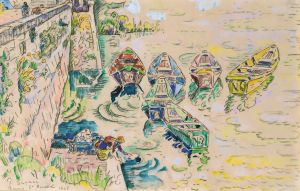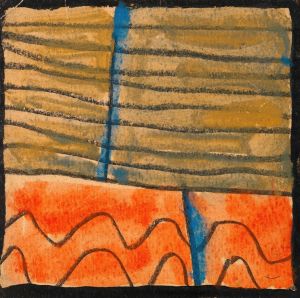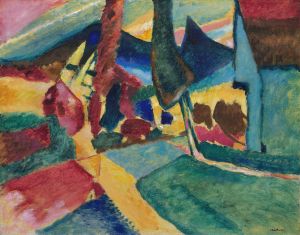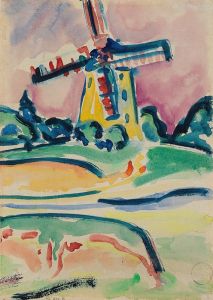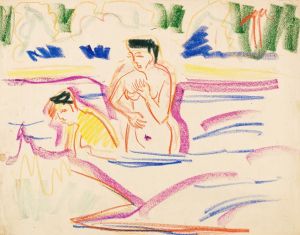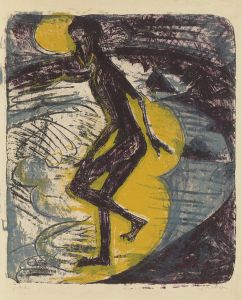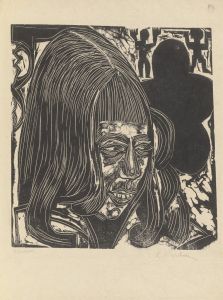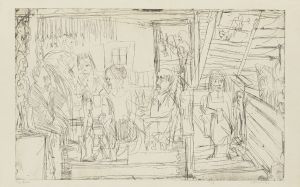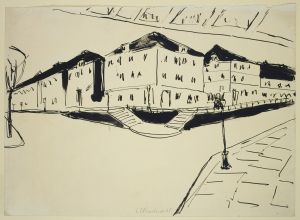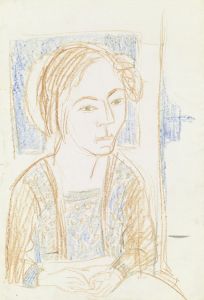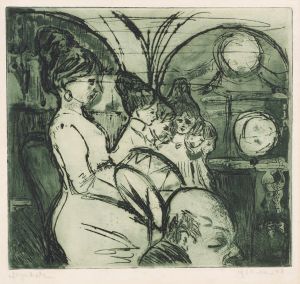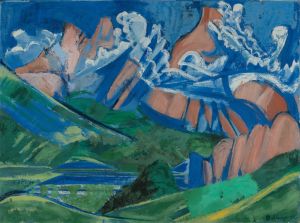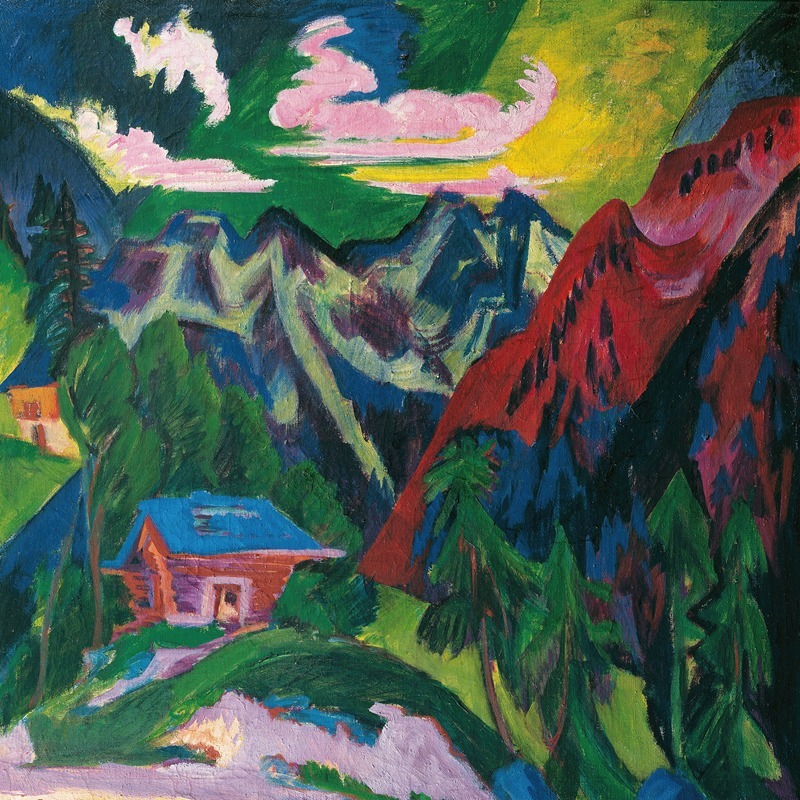
Die Klosterser Berge
A hand-painted replica of Ernst Ludwig Kirchner’s masterpiece Die Klosterser Berge, meticulously crafted by professional artists to capture the true essence of the original. Each piece is created with museum-quality canvas and rare mineral pigments, carefully painted by experienced artists with delicate brushstrokes and rich, layered colors to perfectly recreate the texture of the original artwork. Unlike machine-printed reproductions, this hand-painted version brings the painting to life, infused with the artist’s emotions and skill in every stroke. Whether for personal collection or home decoration, it instantly elevates the artistic atmosphere of any space.
"Die Klosterser Berge" (The Mountains of Klosters) is a painting by the German expressionist artist Ernst Ludwig Kirchner. Kirchner, a founding member of the influential artist group Die Brücke (The Bridge), is renowned for his vivid and dynamic works that often depict urban life, landscapes, and nudes. This particular painting, created in 1925, showcases Kirchner's deep connection with the Swiss landscape, where he spent a significant part of his later life.
Kirchner moved to Switzerland in 1917, seeking solace and recovery from the psychological trauma he experienced during World War I. He settled in the village of Davos, located in the Swiss Alps, and the surrounding mountainous landscape became a central theme in his work. "Die Klosterser Berge" reflects Kirchner's fascination with the dramatic and rugged terrain of the Klosters region, which is near Davos.
The painting is characterized by Kirchner's distinctive expressionist style, marked by bold colors, dynamic compositions, and a sense of emotional intensity. In "Die Klosterser Berge," Kirchner uses vibrant hues and strong, angular lines to capture the essence of the mountains. The composition is both abstract and representational, conveying the majesty and raw beauty of the natural environment.
Kirchner's use of color in this painting is particularly noteworthy. He employs a palette of deep blues, greens, and purples to depict the mountains, contrasting with the lighter tones of the sky and snow. This color scheme not only enhances the visual impact of the painting but also evokes the atmosphere and mood of the alpine landscape. The brushwork is energetic and expressive, adding to the sense of movement and vitality in the scene.
"Die Klosterser Berge" is a testament to Kirchner's ability to transform his personal experiences and surroundings into powerful works of art. The painting reflects his deep appreciation for the Swiss Alps and his desire to capture their essence on canvas. It also illustrates his continued evolution as an artist, as he moved away from the urban scenes that dominated his earlier work and embraced the natural world.
Kirchner's time in Switzerland was marked by both artistic productivity and personal challenges. Despite his struggles with mental health, he produced a significant body of work during this period, including numerous landscapes, portraits, and woodcuts. His Swiss landscapes, including "Die Klosterser Berge," are considered some of his most important contributions to modern art.
Today, "Die Klosterser Berge" is held in high regard by art historians and collectors. It is an exemplary piece of Kirchner's mature style and a significant representation of his connection to the Swiss landscape. The painting is housed in various collections and has been featured in numerous exhibitions, highlighting its enduring appeal and importance in the history of expressionist art.
Ernst Ludwig Kirchner's legacy as a pioneering expressionist artist is firmly established, and works like "Die Klosterser Berge" continue to inspire and captivate audiences around the world. The painting stands as a powerful reminder of the artist's ability to convey the beauty and emotional depth of the natural world through his unique and expressive vision.





